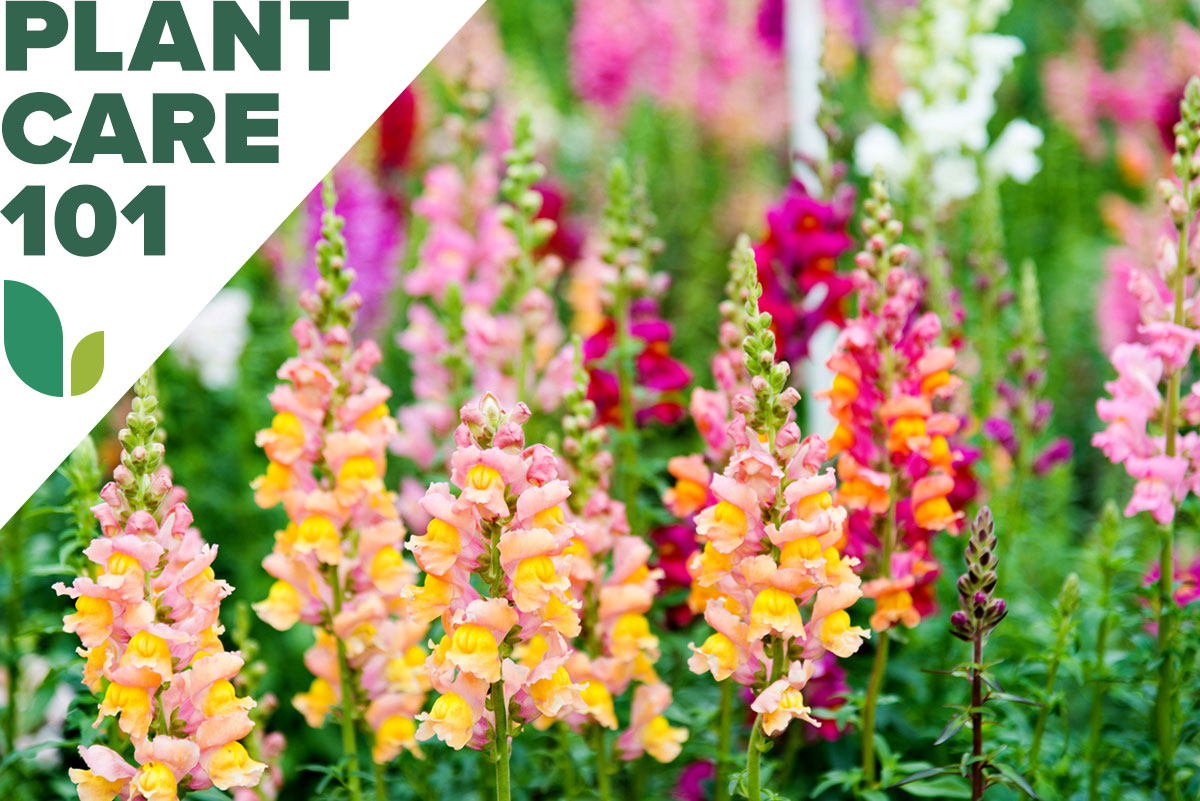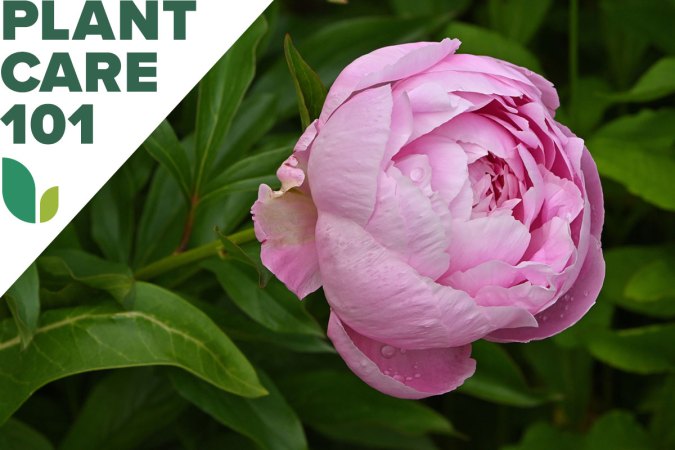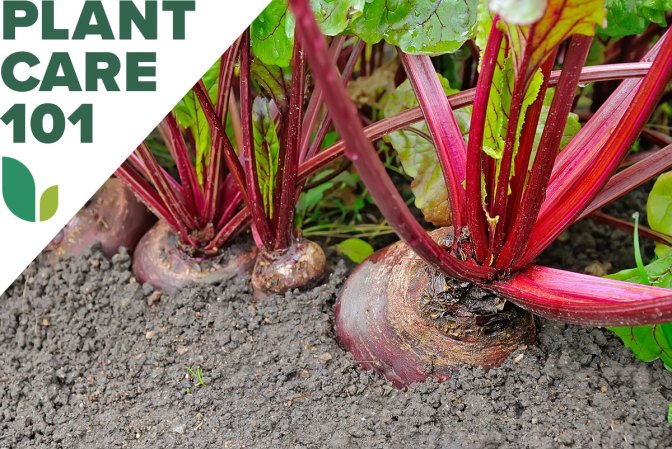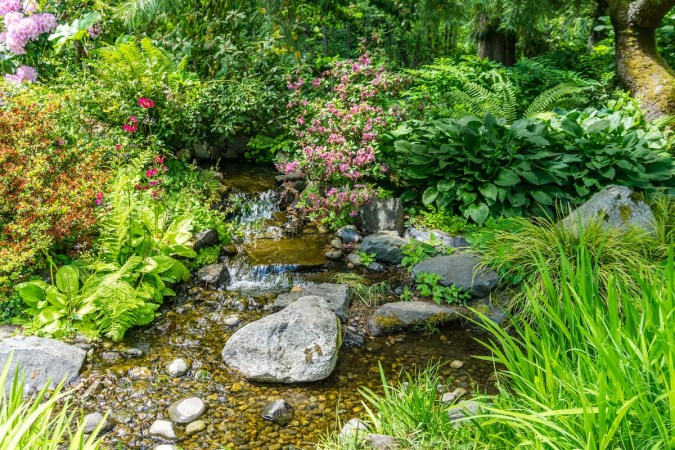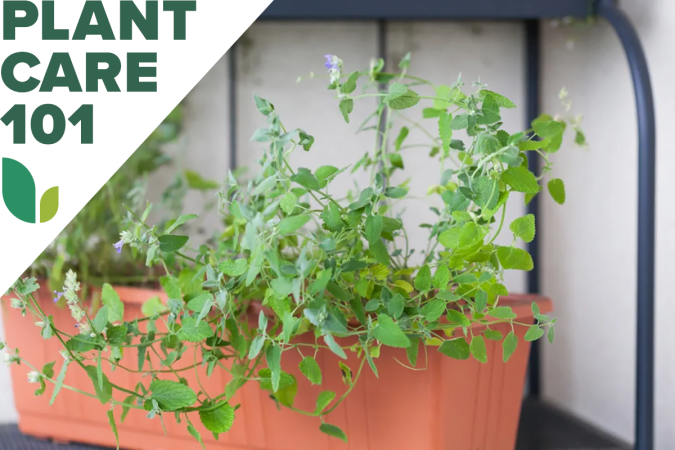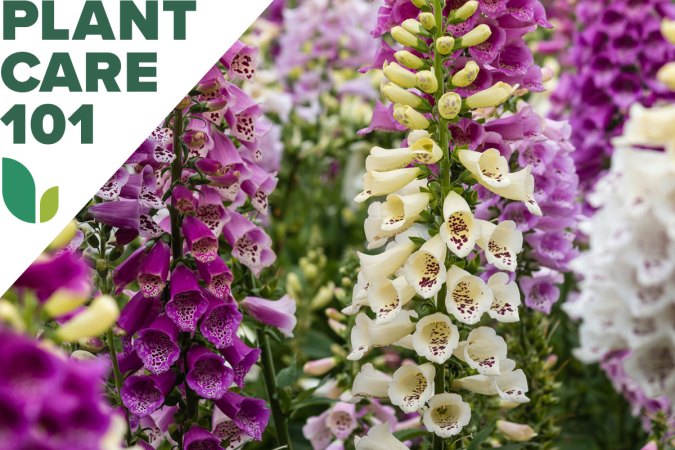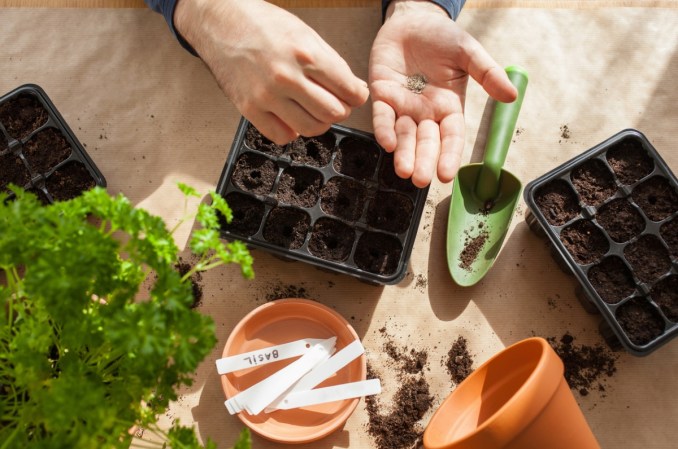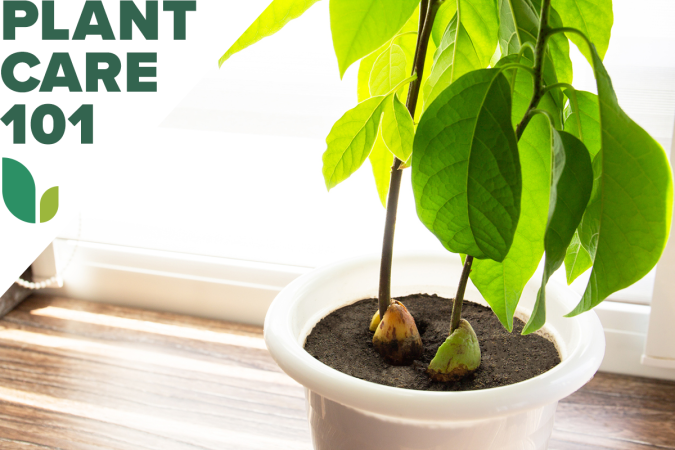We may earn revenue from the products available on this page and participate in affiliate programs. Learn More ›
Snapdragon is a popular plant that is a versatile addition to any garden. It’s a breeze to start from seed, and its unique flowers fit well in many types of landscaping.
Snapdragon flowers are one of two types—classic (which looks like a bunch of berets) or azalea (has a ruffled look). Interestingly, snapdragon can survive in areas up to Zone 5, and the plant blooms well in cooler weather well into the fall months.
If you desire extra color in the garden in late spring and fall, snapdragon is an exceptional choice. Diane Blazek, executive director of the National Garden Bureau, strongly suggests and encourages beginning gardeners to try snapdragons—and kids love them, too!
Want to start growing snapdragons? Let’s review what you need to know about how to care for snapdragon.
Growing Snapdragons at a Glance
Common Name: Snapdragon
Scientific Name: Antirrhinum majus
Hardiness Zone: 7-10
Soil: Light, well-drained soil that’s high in organic matter
Light: Full sun or partial shade
Water: Adequate; 1 inch per week once established
Food: All-purpose fertilizer when flowers start
Propagation: By seed in a bright window, mid-spring
Safety: Nontoxic for pets and people
Snapdragon Characteristics
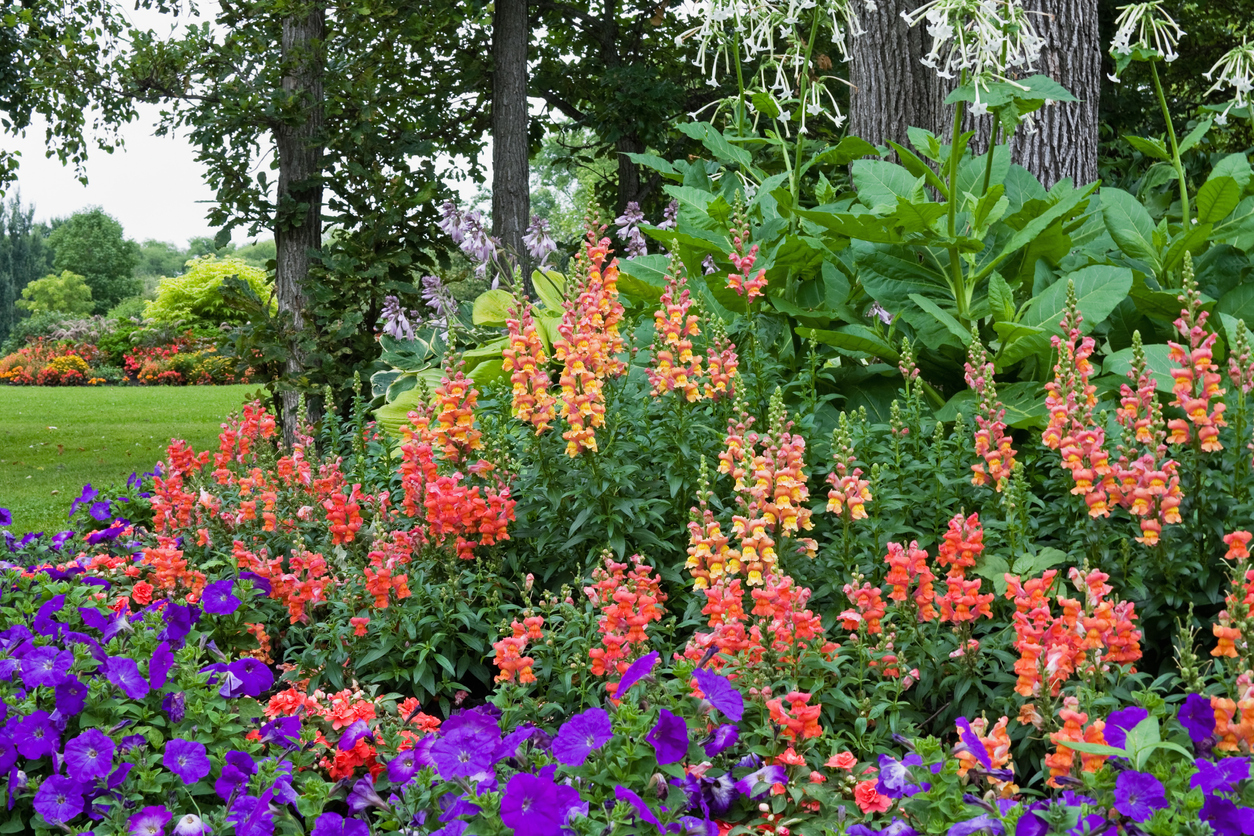
The snapdragon’s name comes from its flowers, which are said to resemble the snout and jaws of a dragon.
Snapdragon is a beautiful flowering plant with an interesting twist. Part of the family known as Scrophulariaceae (figwort family), this vibrant and charming plant is an excellent addition to virtually any garden.
Pollinators like bees, hummingbirds, and butterflies love snapdragons. They also have cone-shaped cells on the petals that make it easier for bees to grip and access the nectar inside.
Snapdragon is an herbaceous perennial that grows in the wild across Southwest Europe and the Mediterranean. The plant can grow up to 3 feet tall in optimal conditions, which include fertile, well-drained soil and plenty of sunlight.
One compelling fact about snapdragon care is that it can tolerate marginal conditions, as it thrives in areas alongside highways and railroad tracks.
Blazek notes that “kids love how snapdragon blooms ‘snap’ when squeezed the right way.”
Recommended Snapdragon Varieties
- Sonnet Series: Plants reach 1.5 feet tall with flowers in shades of pink, red, yellow, white, and purple.
- Liberty Series: Fully grown plants range from 2 to 2.5 feet tall with nine different colors of flowers.
- Rocket Series: Plants are 3 feet tall with flowers in the shape of upright spikes. Color shades include pink, red, purple, yellow, and white, and they make for beautiful cut flowers.
- Bright Butterflies Mix: Grown plants are 2.5 feet tall with up to 12 azalea-style flower spikes per plant. Flowers come in shades of red, pink, yellow, white, and purple.
- Madame Butterfly Mix: Plants reach 2 feet tall with azalea-type flowers. This variety comes in shades of yellow, red, pink, purple, and white.
Planting Snapdragons
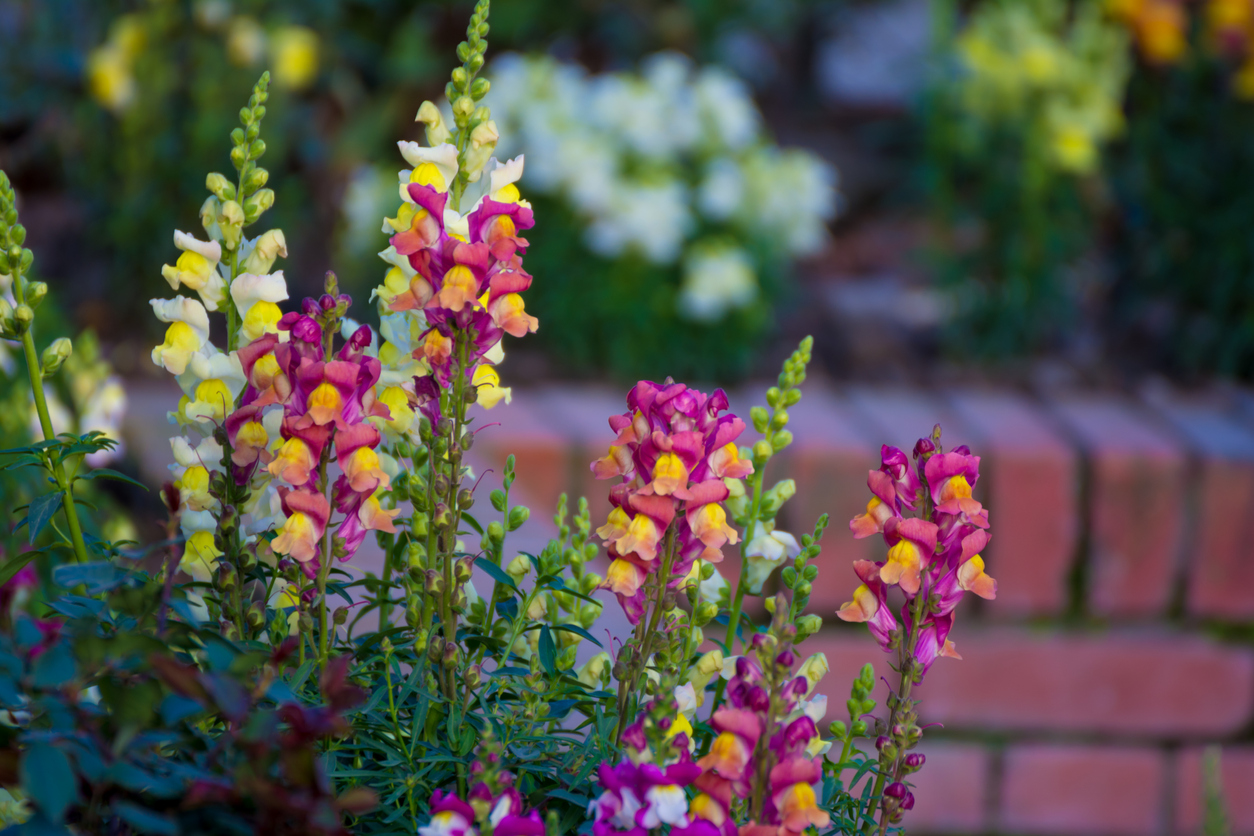
To grow snapdragon seedlings by seed, plant them indoors mid-spring. Some experts do not recommend sowing seeds outdoors due to the time it takes snapdragons to grow outside in the spring.
When is the best time to plant snapdragons?
According to a growing guide from Cornell University, snapdragons should be propagated by seed in a 3- or 4-inch pot with soil pH between 5.5 and 5.8. Consider starting seeds indoors 6 to 8 weeks before the final spring frost.
One gardener likes to store her snapdragon seeds in the freezer until she is ready to plant them. She notes that this imitates their natural environment, where seeds germinate after a season of cold or freezing temperatures.
Place planted seeds in a bright window, as snapdragon seeds need plenty of light to germinate. If planted outside, snapdragon can tolerate a bit of frost. Because they grow fairly well in cool weather, you can transplant your seedlings outside before the last frost of spring.
For example, if your last spring frost is May 1, you could start your snapdragon seeds indoors in early March. Regardless, you can expect your snapdragon to germinate in temperatures of 60 to 70 degrees Fahrenheit in 10 to14 days. Planting in August can work well to get snapdragon flowers later in the fall.
Where can snapdragons grow?
No matter where you plant them, snapdragon plants thrive in areas with plenty of sunlight and well-drained soil high in organic matter. That said, consider that snapdragon hails from the Mediterranean and Southwest Europe and can tolerate growing alongside highways and railways in those areas.
The best conditions for snapdragons are found in USDA Hardiness Zones 7a, 7b, 8a, 8b, 9a, 9b, 10a, and 10b.
How do you plant snapdragons?
Starting snapdragons indoors is preferable, as it produces more reliable results, though planting outside is possible.
Here are some instructions for starting your snapdragons indoors before planting in your garden:
- Plant your snapdragon approximately 8 to 10 weeks before the final spring frost.
- Sow your snapdragons on the surface of a seed-starting soil mix inside a container with adequate drainage holes.
- Keep the soil moist and under bright light. The temperature of the soil should be around 55 degrees Fahrenheit.
- The seeds should sprout in approximately 10 to 21 days. Transplant outside once the temperatures are above 50 degrees Fahrenheit, and space the plants 12 inches apart.
Can you grow snapdragons in containers?
It’s possible to grow snapdragons in containers, and they can thrive in such conditions. If you choose to grow them in pots, Blazek recommends that you “look at the finished plant height first. Some snaps are super short, some are medium height and some are tall for cut flowers. Choose the short or medium-height varieties.”
Ensure your snapdragon plant has light soil with plenty of fertile organic matter. It should also be well drained. Lastly, ensure your container is located in an area with plenty of sun or at only partial shade.
Watering Snapdragons
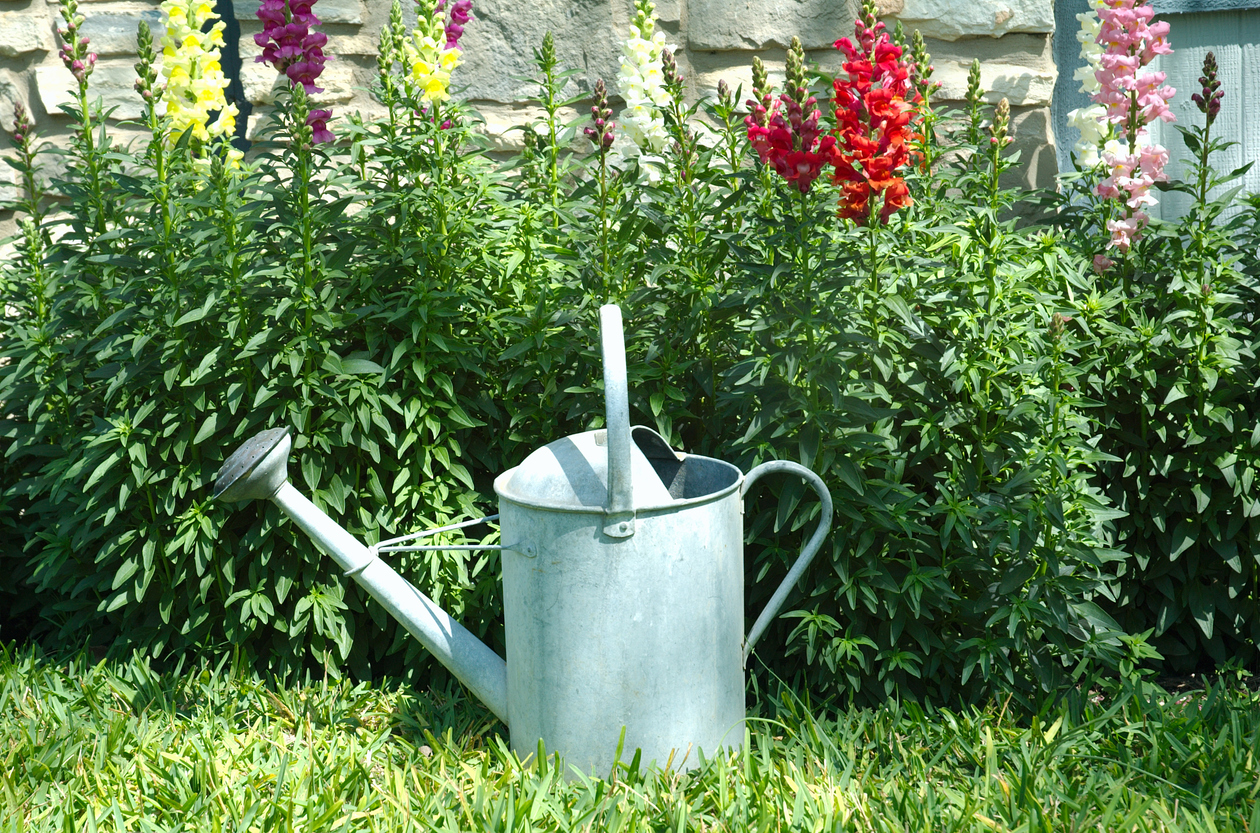
Snapdragons need moderate watering at a minimum. During the first few weeks, ensure that the seedlings are sufficiently moist.
After the plant is established, you only need to provide about 1 inch of water per week during seasons without adequate rainfall. Water near the base of the stem to ensure the plant remains healthy.
At this point, you can let the soil become fairly dry between waterings, but don’t let the plant wilt.
Fertilizing Snapdragon Plants
The best time to start fertilizing a snapdragon plant is after it starts producing flowers. A standard all-purpose fertilizer that is well balanced is a good choice. An example of such a fertilizer would be a 10-10-10 product.
In terms of amount, you’ll want to use 3 pounds per 100 square feet of soil surface. Avoid the risk of fertilizer burn for your plants by watering well after application, as this can help the nutrients reach deeply into the soil to nourish the snapdragon roots.
Pruning Snapdragons
Unlike many other plants, snapdragons do not require pruning. However, deadheading (removing dead flowers) extends the flowering period.
“You only need to prune the older, taller varieties, but regular deadheading is a good idea to keep the blooms coming,” says Blazek.
You can remove any faded, wilted, or dead flowers just below the flower stem and above a leaf node (where two or more leaves meet on the plant stem). If you notice that the top of the flower spike still appears healthy, snip it off anyway as the flowers further down will be producing their seeds.
Propagating Snapdragons
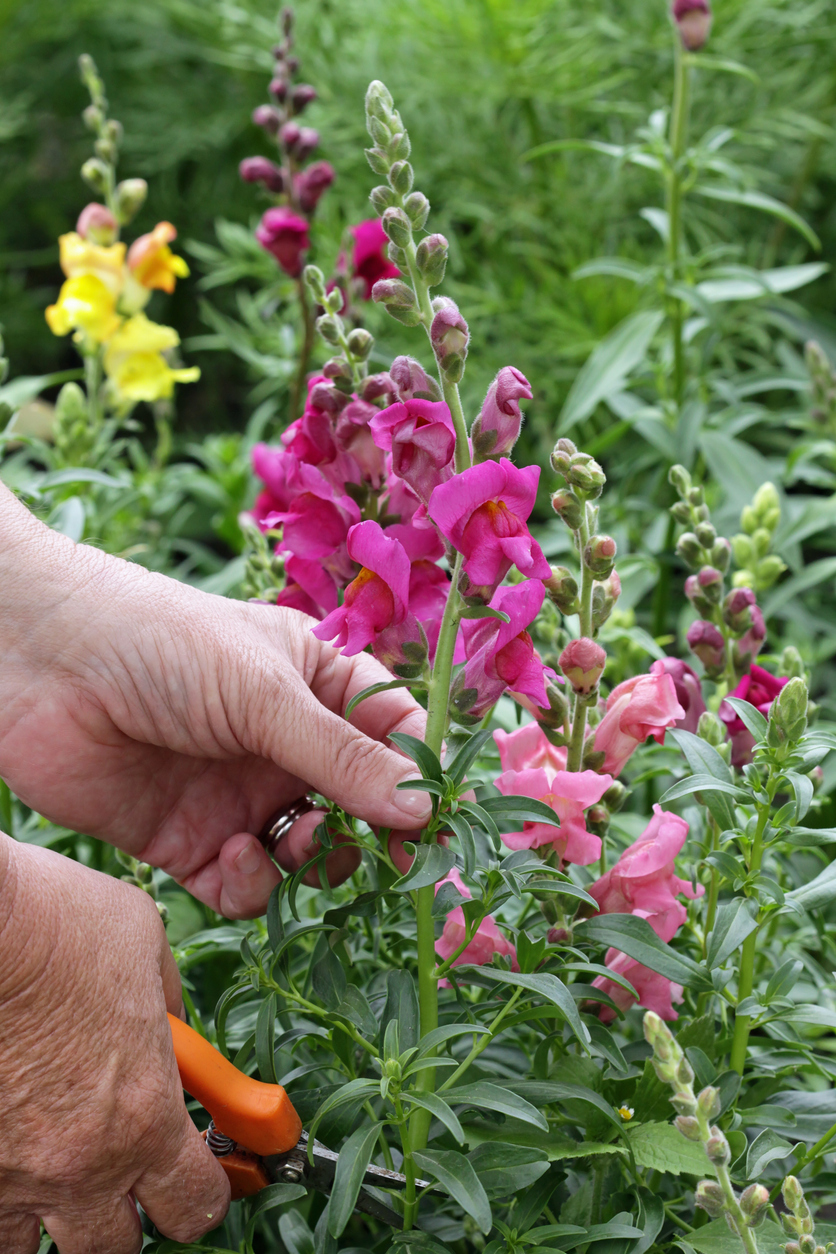
Though snapdragon is technically a perennial, it is often treated as an annual plant grown from seed.
You can start seeds in early spring or mid-summer, as snapdragons thrive in cooler temperatures around 60 to 70 degrees Fahrenheit. In terms of a propagation medium, the surface of a seed-starting soil mix is best. Snapdragon can spread up to 10 miles per season. A distance that great suggests that the seeds are very effective at dispersing the plant.
Safety Considerations
Snapdragon is known to be nontoxic for dogs, cats, and horses. However, it can develop various problems that could become allergens for some gardeners.
For example, botrytis blight on petals can cause a gray fungal growth. Downy mildew and powdery mildew can also develop, as indicated by a white fungal growth visible on some leaf and stem surfaces.
If you are allergic to mold or mildew, consider using some type of respiratory protection if you need to handle affected snapdragon leaves or stems that may contain mold or mildew.
Potential Pests and Diseases
Like any plant, snapdragon is susceptible to several problems and potential pests. These may include downy mildew, rust, fungal leaf spots, root rot, mites, and wilts. The good news is there are solutions to combat common issues with snapdragon.
First, you may want to rotate snapdragon types to decrease rust issues. Second, you could plant varieties that are resistant to rust. Good drainage is necessary, so ensure that your snapdragons are not situated in a low spot that drains poorly.
Preparing Snapdragons for Winter
Snapdragons are quite popular and commonly grown as annuals. It’s possible for mature snapdragon plants to survive over the winter. However, some claim that snapdragons never seem to bloom as intensely in year two as they did in year one. If seed pods form successfully in the first year, snapdragons may self-sow in your garden.
Once a snapdragon plant hardens off, it may survive freezing temperatures. Just make sure the plant has enough water during cold snaps. You can also add an insulative layer, such as pine straw mulch, to help the plant last for longer.
Looking for more ways to bring beneficial insects to your garden? Check out our guides on how to attract fireflies and dragonflies.

